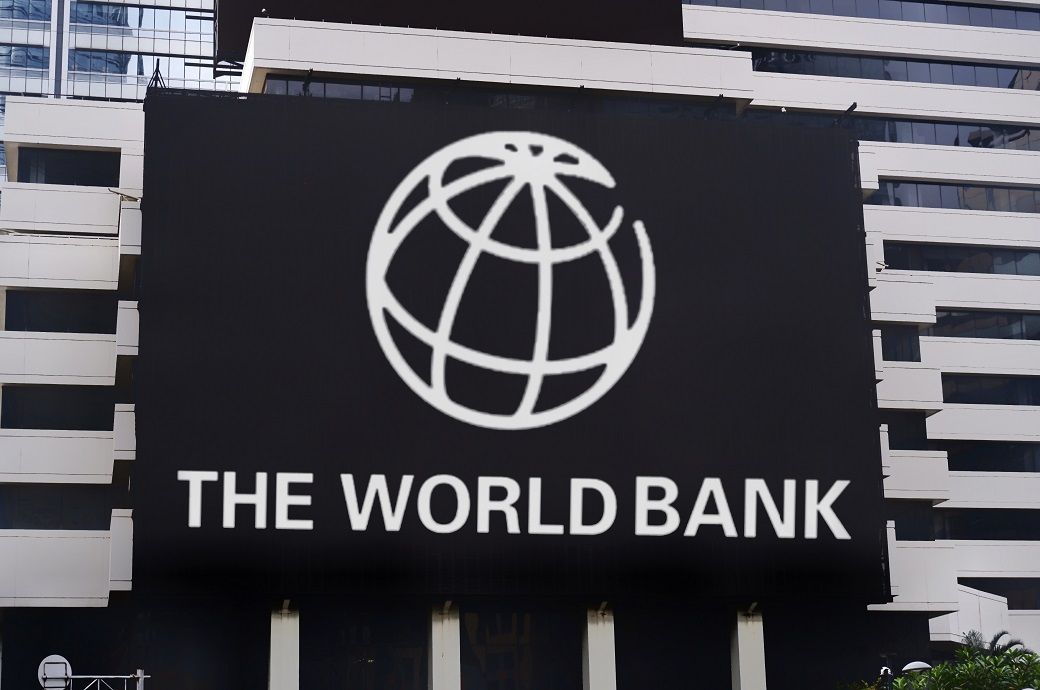
The October update projects growth of 4.8 per cent this year in the region, down slightly from 5 per cent in 2024. Growth in 2026 is projected to slow down to 4.3 per cent.
Vietnam leads at 6.6 per cent growth, followed by Mongolia (5.9 per cent) and the Philippines (5.3 per cent). China, Cambodia, and Indonesia are each projected to grow at 4.8 per cent, while Pacific Island countries are projected at 2.7 per cent, and Thailand at 2 per cent.
East Asia’s successful model for inclusive development faces new challenges. Recent job growth has been largely in low-productivity, often informal, service jobs that offer limited advancement opportunities.
Moreover, young people are struggling to find jobs and women still participate less in the labour force. While 25 million people are expected to escape poverty between 2025 and 2026, the share of the population vulnerable to falling into poverty is now greater than the middle class in most countries in the region.
"The region faces a jobs paradox—relatively strong economic growth alongside insufficient creation of quality jobs," said Carlos Felipe Jaramillo, World Bank vice president for the region, in a release.
"Bolder reforms to remove impediments to firm entry and competition would unlock private capital and allow dynamic and productive firms to flourish and create new job opportunities. The World Bank remains a steadfast partner to the region’s commitment to inclusive growth that matches the ambition of its people,” he added.
High-frequency indicators of economic activity signal slowing momentum. Retail sales are increasing, while consumer confidence has not recovered to pre-COVID levels. Industrial production is strong, but business confidence is low. Exports accelerated ahead of recent tariff hikes, but new export orders are weak.
Growth outcomes will be shaped by higher trade restrictions, easing—but still elevated global uncertainty—and slowing global growth, as well as domestic policy choices, especially the reliance in some countries on fiscal stimulus rather than structural reform.
The report calls for reforms and investments in human capital and digital infrastructure, greater competition in services and policies to ensure a match between job opportunities and people’s skills.
ALCHEMPro News Desk (DS)
Receive daily prices and market insights straight to your inbox. Subscribe to AlchemPro Weekly!